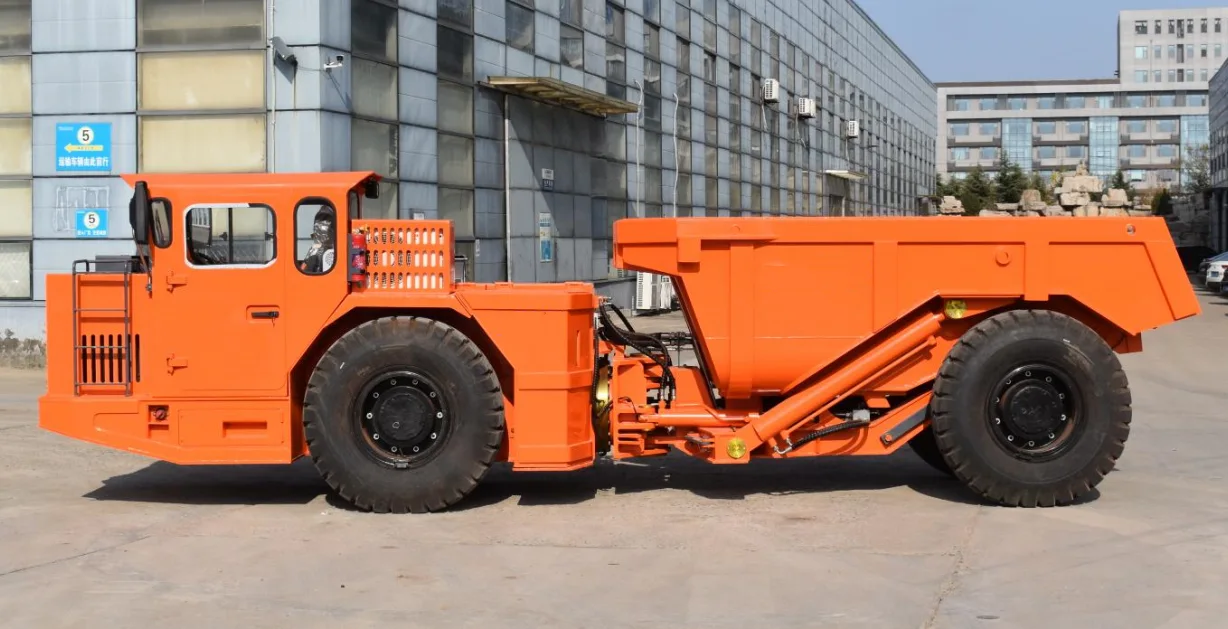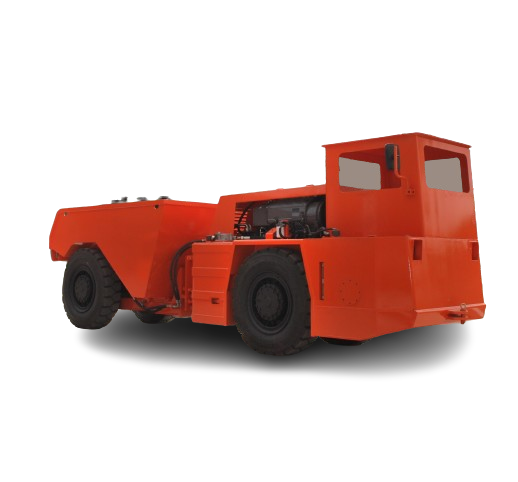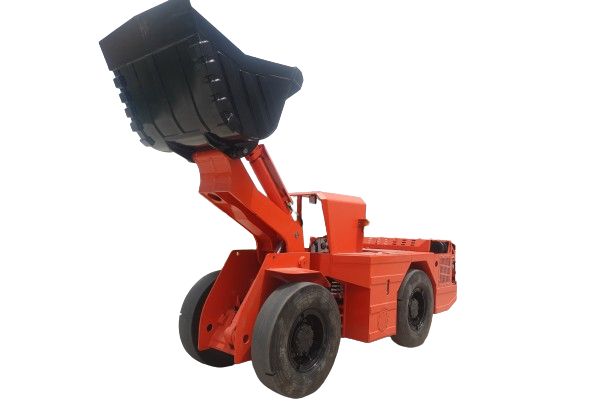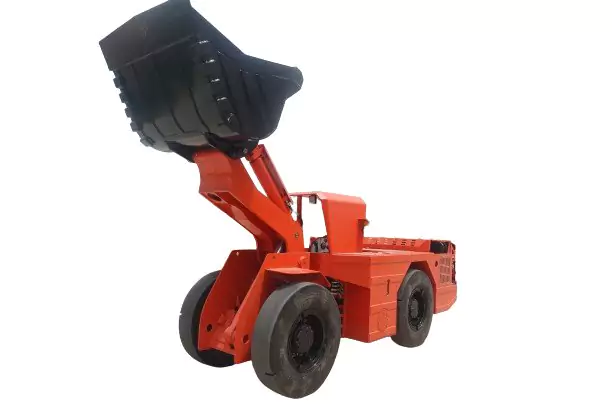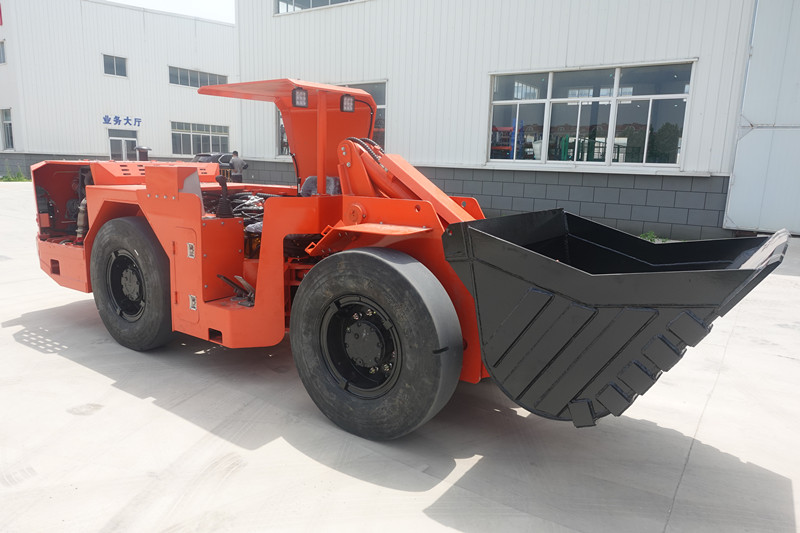Understanding Mining Trucks and Their Functions
Definition and Purpose of Mining Trucks
Mining trucks, often referred to as haulage trucks or dump trucks, are specialized heavy-duty vehicles employed in surface and underground mining operations. Their primary function is to transport large volumes of extracted minerals, ores, and waste materials from mine sites to processing facilities or disposal areas. These trucks are engineered to handle the extreme conditions prevalent in mining environments, including rough terrains, steep gradients, and significant load weights.
Factors Influencing Fuel Consumption in Mining Trucks
Several factors influence the fuel consumption of mining trucks, making it crucial for mining companies to consider these elements for cost-efficiency and environmental impact.
- Truck size and load weight: Larger trucks carrying heavier loads tend to consume more fuel due to increased engine power requirements.
- Terrain and road conditions: Rough, uneven, and steep terrains increase fuel consumption due to higher resistance and engine strain.
- Operational practices: Driving habits, such as speed, braking frequency, and idle time, significantly affect fuel efficiency.
- Maintenance and condition of the truck: Properly maintained trucks with optimized engine performance and well-inflated tires consume less fuel compared to poorly maintained ones.
Fuel Consumption Rates of Different Mining Trucks
Large Haulage Trucks: Average Fuel Usage
Large haulage trucks are among the giants of the mining industry, boasting immense payload capacities often exceeding 400 tonnes. These behemoths can consume an average of 117 to 130 gallons of diesel per hour, depending on haul distance and conditions. Their high fuel consumption is justified by their ability to transport substantial quantities of materials in a single trip, reducing the number of cycles needed and overall operational time. However, minimizing idling and optimizing loading procedures are essential strategies to improve their fuel efficiency.
Mid-Size Mining Trucks: Fuel Efficiency Insights
Mid-size mining trucks typically offer a more balanced approach to fuel consumption and operational capabilities. These trucks are popular in medium-scale mining operations due to their relative fuel efficiency and adaptability to various mining environments. Employing advanced fuel management systems and consistent driver training can further enhance their fuel economy, making them a cost-effective solution for many mining companies.
Small Underground Mine Trucks: Fuel Economy
Small underground mine trucks are specifically designed to function efficiently in the constrained spaces of underground mines. These trucks have a fuel consumption rate of around 15 to 20 gallons per hour. Their compact size and specialized design features, such as enhanced maneuverability and compact engines, contribute to better fuel economy compared to their larger counterparts. Furthermore, state-of-the-art engine technologies and frequent maintenance routines can significantly mitigate fuel consumption, ensuring optimum performance in the subterranean setting.
Impact of Fuel Consumption on the Mining Industry
Economic Implications for Mining Operations
Fuel consumption is a considerable cost driver in the mining industry, directly impacting the economic viability of mining projects. The fuel expenses for a fleet of mining trucks can run into millions of dollars annually, necessitating meticulous planning and budgeting. Additionally, fluctuations in fuel prices can lead to unpredictable operating costs, further complicating financial forecasting for mining companies. Efficient fuel management thus becomes critical, influencing the overall profitability and sustainability of mining operations.
Environmental Considerations and Regulations
The environmental impact of fuel consumption in mining activities is a growing concern, with regulatory bodies worldwide imposing stringent emissions standards. Diesel-powered mining trucks emit significant quantities of greenhouse gases (GHGs), contributing to climate change and air pollution. Compliance with existing and emerging environmental regulations is imperative for mining companies to avoid penalties and secure permits. Innovations in cleaner burning technologies and alternative fuels are also increasingly being adopted to meet these regulatory demands while mitigating environmental degradation.
Strategies for Reducing Fuel Consumption
Several strategies can be implemented by mining companies to reduce fuel consumption, promoting both economic and environmental benefits.
- Optimized route planning: Efficient mapping of haul routes to minimize travel distance and avoid unnecessary stops can lead to considerable fuel savings.
- Regular maintenance: Ensuring that mining trucks are routinely serviced and kept in optimal running condition can prevent excess fuel usage due to mechanical inefficiencies.
- Driver training programs: Educating drivers on fuel-efficient driving techniques, such as smooth acceleration and deceleration, can significantly lower fuel consumption.
- Use of advanced technology: Integrating fuel management systems, telematics, and real-time monitoring can facilitate better fuel usage tracking and management.
Introduction to Yantai Chi Hong Machinery Co., Ltd.’s Underground Mine Truck
Overview of Yantai Chi Hong Machinery Co., Ltd.
Yantai Chi Hong Machinery Co., Ltd. is a renowned manufacturer specializing in the production of high-performance mining equipment. With decades of experience in the industry, the company has established itself as a leader in providing innovative and reliable solutions for mining operations worldwide. Their extensive range of mining trucks is designed to deliver optimal efficiency and durability, even in the most challenging conditions, ensuring enhanced productivity and reduced operational costs.
Features of Their Underground Mine Truck
Yantai Chi Hong Machinery Co., Ltd. offers a range of underground mine trucks that stand out for their advanced features and superior performance. These trucks are engineered to meet the demanding requirements of underground mining, providing a blend of power, efficiency, and safety.
Engine Specifications and Performance Metrics
The underground mine trucks from Yantai Chi Hong are equipped with high-performance engines that are optimized for both power and fuel efficiency. These engines are meticulously crafted to deliver exceptional torque and horsepower, allowing the trucks to navigate steep gradients and rough terrains effortlessly. The robust engine construction ensures longevity and reliability, minimizing downtime and maintenance costs. Moreover, the performance metrics of these engines are continually monitored and improved to meet the evolving demands of the mining industry.
Advanced Technologies for Enhanced Fuel Efficiency
Incorporating cutting-edge technologies, Yantai Chi Hong’s underground mine trucks are designed to maximize fuel efficiency and reduce emissions. Advanced fuel management systems ensure optimal fuel usage by monitoring and adjusting fuel consumption in real-time. Additionally, features such as automatic engine shutdown during prolonged idling and efficient load sensing hydraulics contribute to significant fuel savings. The integration of these technologies not only lowers operational costs but also aligns with environmental sustainability goals.
Safety Features and Reliability
Safety is a paramount concern in mining operations, and Yantai Chi Hong’s underground mine trucks are fitted with a comprehensive array of safety features. These include advanced braking systems, rollover protection structures, and fire suppression systems, ensuring the well-being of operators and reducing the risk of accidents. The trucks are built with high-grade materials and undergo rigorous testing to withstand the harsh conditions of underground mining, guaranteeing reliability and longevity. The commitment to safety and reliability makes these trucks a preferred choice for mining companies seeking to enhance operational safety and performance.
Practical Tips for Optimizing Fuel Usage in Mining Operations
Regular Maintenance and Its Role in Fuel Efficiency
Regular maintenance is crucial for ensuring that mining trucks operate at peak efficiency. Routine checks and services help identify and rectify potential issues before they escalate into major problems, thereby preventing excessive fuel consumption. Key maintenance tasks include inspecting and replacing air filters, ensuring proper tire inflation, and conducting regular engine tune-ups. By maintaining the mechanical health of mining trucks, companies can significantly enhance fuel efficiency and prolong the lifespan of their equipment.
Innovations in Mining Truck Design and Fuel Management Systems
Adopting innovations in mining truck design and fuel management systems can lead to substantial improvements in fuel efficiency. Modern advancements such as hybrid engine technologies, aerodynamic design enhancements, and lightweight materials contribute to reduced fuel consumption. Furthermore, sophisticated fuel management systems that provide real-time data on fuel usage and engine performance allow for proactive adjustments to optimize efficiency. Leveraging these innovations can result in considerable cost savings and improved environmental performance.
Best Practices for Operating Mining Trucks
Implementing best practices for operating mining trucks can greatly influence fuel efficiency. Operators should be trained in fuel-efficient driving techniques, such as maintaining steady speeds, minimizing idling, and utilizing engine braking. Additionally, strategically planning haul routes to avoid unnecessary stops and reduce travel distances can lead to significant fuel savings. Encouraging a culture of mindful driving and continuous improvement can help mining companies achieve meaningful reductions in fuel consumption and operational costs.
Future Trends in Mining Truck Technology
Predictions for Advances in Fuel Efficiency
The future of mining truck technology is poised to see significant advancements in fuel efficiency. Innovations such as fully electric mining trucks, advanced energy recovery systems, and smarter fuel management algorithms are expected to revolutionize the industry. These technologies aim to deliver higher efficiency, reduce emissions, and lower operating costs. The shift towards more sustainable practices is likely to drive ongoing research and development, resulting in continuous improvements in fuel efficiency.
Potential Impact of Alternative Fuels
The adoption of alternative fuels, such as hydrogen, biodiesel, and compressed natural gas (CNG), holds the potential to transform fuel consumption patterns in the mining industry. These alternative fuels offer cleaner burning options compared to traditional diesel, reducing environmental impact and aligning with global sustainability goals. While the transition to alternative fuels may present logistical and infrastructural challenges, the long-term benefits of reduced emissions and improved fuel efficiency make it a promising avenue for the future.
Emerging Technologies Influencing the Industry
Emerging technologies are set to have a profound impact on the mining truck industry. Automation and autonomous driving technologies can optimize truck operations, leading to more efficient fuel usage and reduced human error. Additionally, IoT (Internet of Things) and AI (Artificial Intelligence) integration offer advanced monitoring and predictive maintenance capabilities, ensuring that trucks operate at their most efficient. These cutting-edge technologies pave the way for a more efficient, sustainable, and innovative future in mining truck operations.


